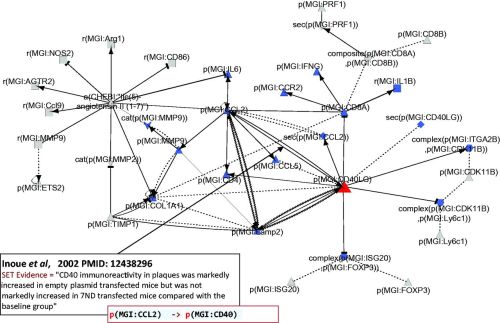
However, because of the large and complex genomes of research organisms, researchers have typically used complexity-reduction technology for SNP discovery ( Slate et al., 2009). The high-throughput sequencing methods in NGS can result in extremely large collections of data, which enables the identification of numerous sensitive markers for a high-resolution genetic analysis, such as single-nucleotide polymorphisms (SNPs) ( Ekblom and Galindo, 2011). Recent advances in next-generation sequencing (NGS) technologies have greatly improved the speed of genome sequencing, facilitating the application of genomic approaches in many research areas, including ecology, conservation, fisheries genetics, and so on ( Hudson, 2008 Harismendy et al., 2009 Allendorf et al., 2010 Ekblom and Galindo, 2011 Dudgeon et al., 2012). This SNP catalog will provide a valuable resource for future population genetic and genomic studies and allows for targeting specific genes and genomic regions under selection in the Japanese eel genome. The Kyoto Encyclopedia of Genes and Genomes (KEGG) pathway analysis identified some of the putative targets of local selection, including genes in several important pathways such as calcium signaling pathway and intestinal immune network for IgA production. BLAST2GO annotations of the outlier SNPs yielded hits for 61 (72%) of 85 significant BLASTX matches. However, highly significant genetic differentiation was detected based on loci that appeared to be under selection. No genetic differentiation between the two populations was detected based on all loci or neutral loci. The 73,557 identified SNPs were widely distributed across the draft genome of the Japanese eel. Here, we generated a catalog of novel single-nucleotide polymorphism (SNP) markers for the Japanese eel using restriction site-associated DNA (RAD) sequencing of 24 individuals from two geographic locations. To manage and conserve this endangered species, it is necessary to assess population genetic diversity, genetic structure, and identify regions of the genomes that are under selection. The number of the Japanese eels has been dramatically declining over the last four decades, and it is now listed as an endangered species (International Union for Conservation of Nature 2014).

The Japanese eel ( Anguilla japonica) is a commercially important aquatic species in East Asia. 4Center for Ocean Mega-Science, Chinese Academy of Sciences, Qingdao, China.3Laboratory for Marine Ecology and Environmental Science, Qingdao National Laboratory for Marine Science and Technology, Qingdao, China.2National Engineering Laboratory of Marine Germplasm Resources Exploration and Utilization, Zhejiang Ocean University, Zhoushan, China.1CAS Key Laboratory of Marine Ecology and Environmental Sciences, Institute of Oceanology, Chinese Academy of Sciences, Qingdao, China.


 0 kommentar(er)
0 kommentar(er)
